When the third largest credit union in Ontario - DUCA needed a public website to cut through the noise, we helped them deliver their promise to their members of "do...
Read More →Our Partners.




We take insights, research, and data to create meaningful user interfaces and award-winning user experiences.
Service Overview
Did you know that COVID-19 forced a lot of companies to move online?
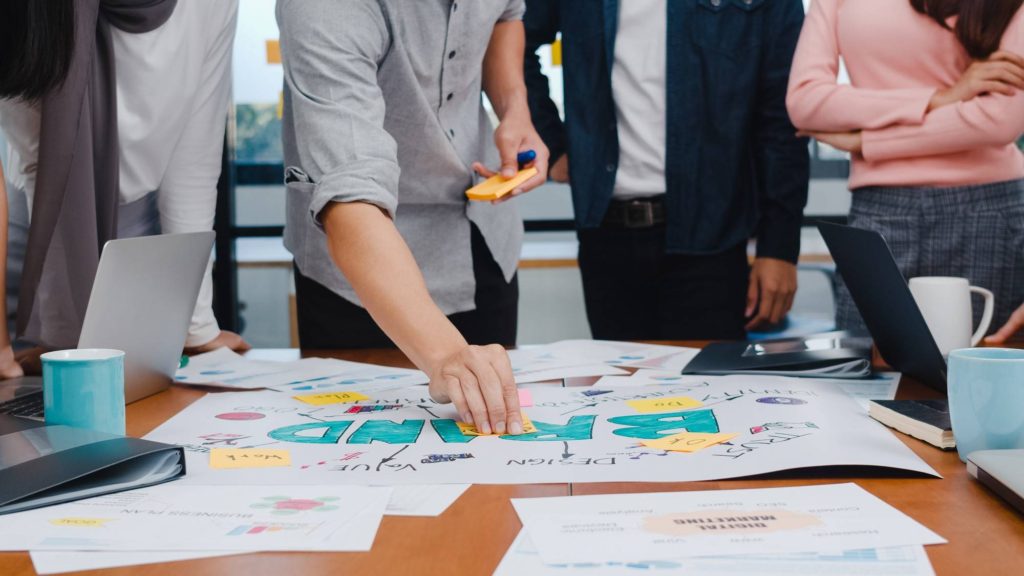
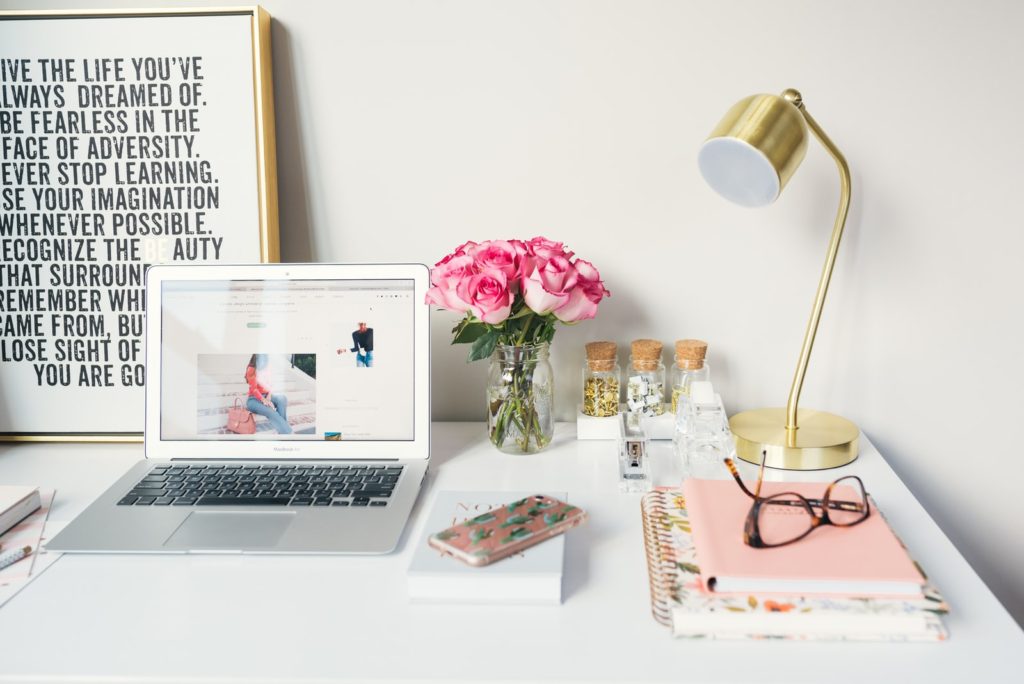

Our digital design services include user experience design, mood boards, visual directions, and more. We're a full-service digital company with the ability to handle every aspect of your digital design needs.
There are many digital design firms out there, but what sets us apart is our dedication to our clients. We believe that the best digital design results come from a close relationship between client and agency.
Let's take a look at how we can help you!
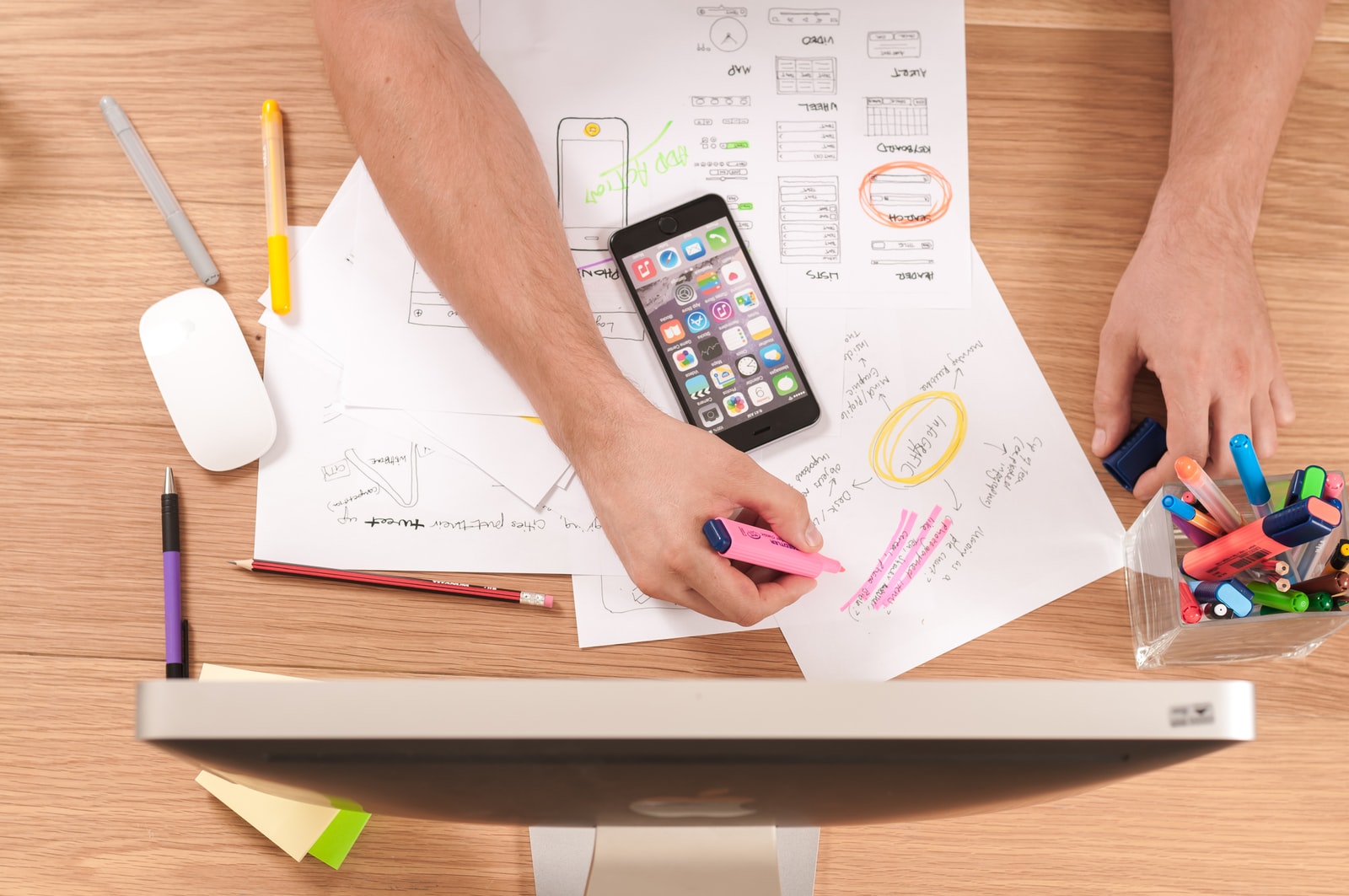
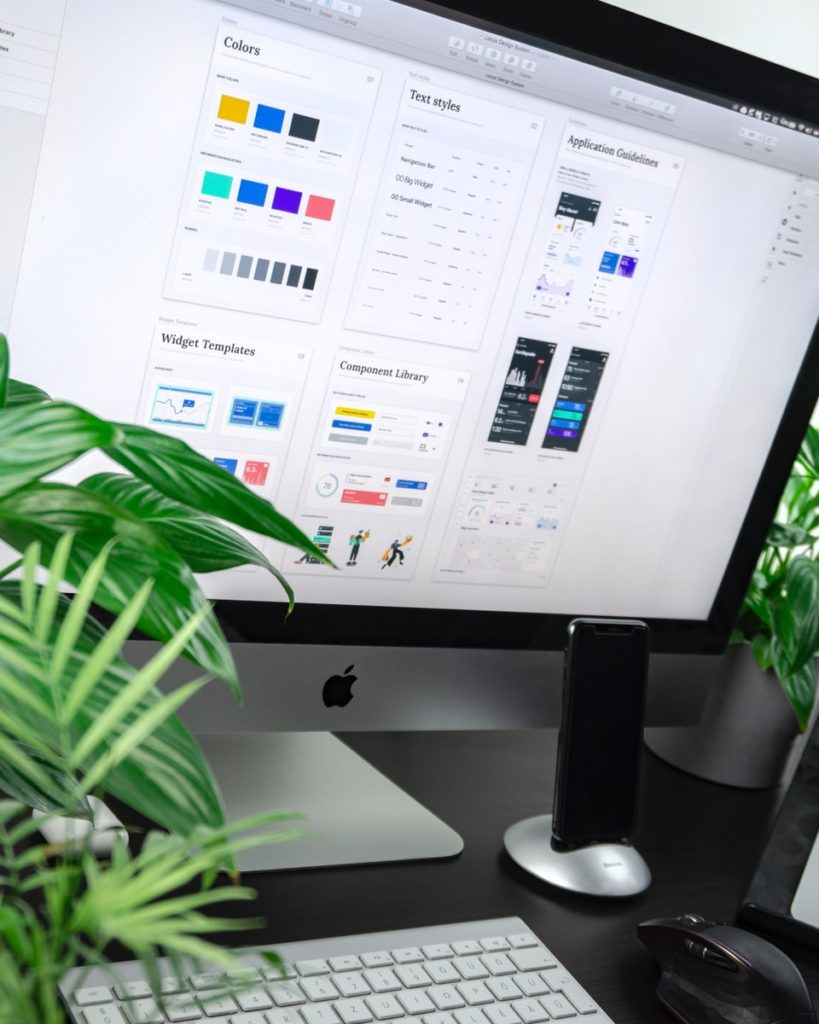

The first step in any digital design project is to develop a design strategy. It helps us understand your goals, target audience, and what you want to achieve with your digital product.
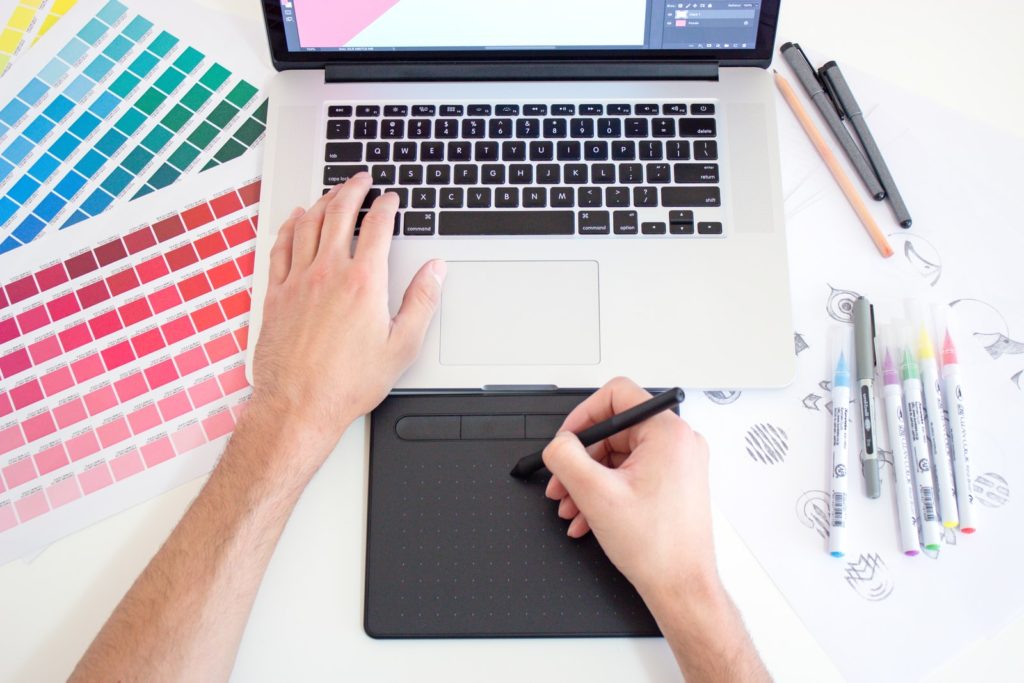
The preliminary step in our strategy is identifying the problem you are trying to solve with your digital product. It could be anything from boosting sales to improving customer retention. Once you have identified the problem, we can start to develop a solution. These problems can include:
The next step is to brainstorm potential solutions to the problem. It is where our team of digital experts comes in. We will work professionally with you to develop a digital design solution to help you achieve your goals. When we brainstorm solutions, we will look at certain factors such as:
Once we have identified the problem and brainstormed potential solutions, it's time to develop the solution. We will take the ideas we have brainstormed and turn them into a reality. It includes creating user flows, wireframes, prototypes, and more. We will also work on the visual aspects of the design, such as the color scheme, typography, and iconography. The goal of this stage is to create a digital product that not only looks great but is also easy to use and achieve your goals.
The last step in our digital design process is to test and iterate. We will put our digital product through a series of tests to ensure that it is user-friendly and meets the needs and demands of your target audience. We will also track your digital product's performance and make changes based on our collected data. It helps us ensure that your digital product always performs at its best.
Once we have developed the digital product, it's time to focus on the user experience. It is where we will design the user interface and ensure it is easy to use.
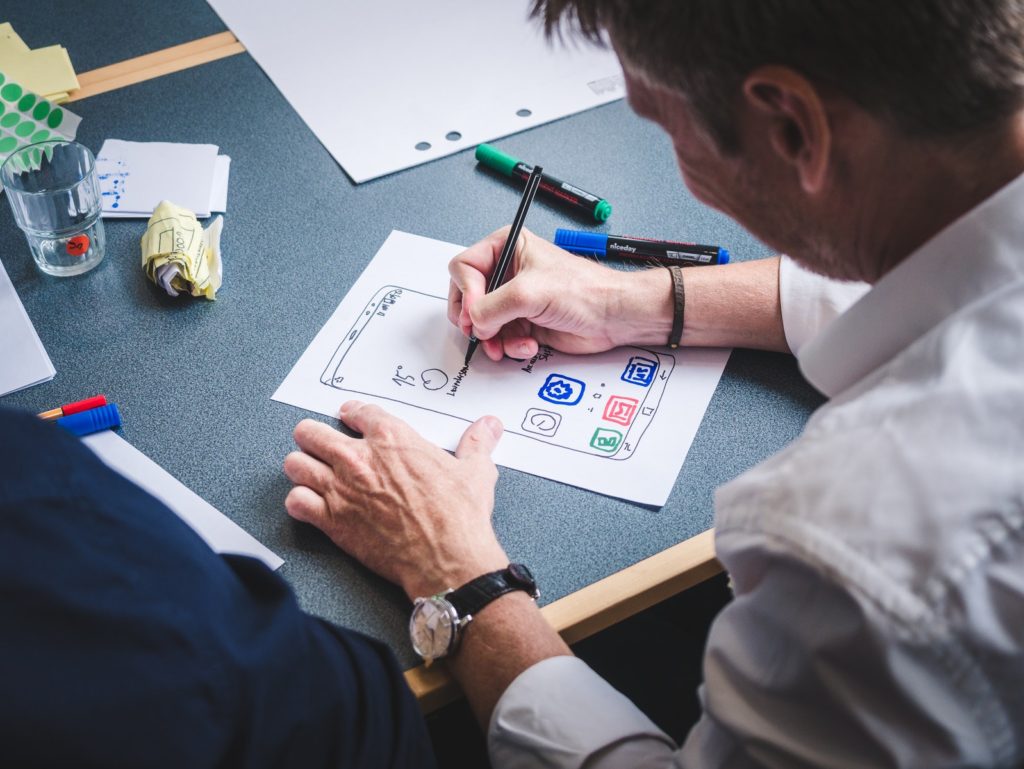
One of the first steps in our experience design process is to create user personas. It helps us better understand your target audience and what they want from your digital product. We will create a persona for each type of user that you have. For example, if you are an eCommerce company, we will create a persona for each type of customer you have. Typically, eCommerce customers fall into one of three categories:
The next step in our experience design process is to start ideation. It is where we will come up with ideas for your digital product. We will look at your business goals and your target audience to come up with ideas that will help you achieve your goals. During this step, we try to think outside the box. We want to come up with ideas that are new and innovative.
Once we develop some ideas for your digital product, it's time to start creating customer journeys. A customer journey refers to a user's path from awareness to purchase. We will map out the perfect customer journey for each type of user you have. It helps us understand what users need from your digital product and how we can design it to meet their needs.
The next step in our experience design process is to create the information architecture. It is where we will organize all of the information for your digital product. We will create a structure that is easy to navigate and understand. It helps us ensure that your digital product is easy to use and that users can find the information they need.
Once we have the necessary information architecture, it's time to start creating wireframes. Wireframes are a skeletal outline of your digital product. They help us understand the layout and hierarchy of your digital product.
The next step in our experience design process is to create prototypes. Prototypes are a more detailed version of your digital product. They help us understand how your digital product will look and feel. We will create prototypes for each type of user that you have.
The last step in our experience design process is to focus on visual design.
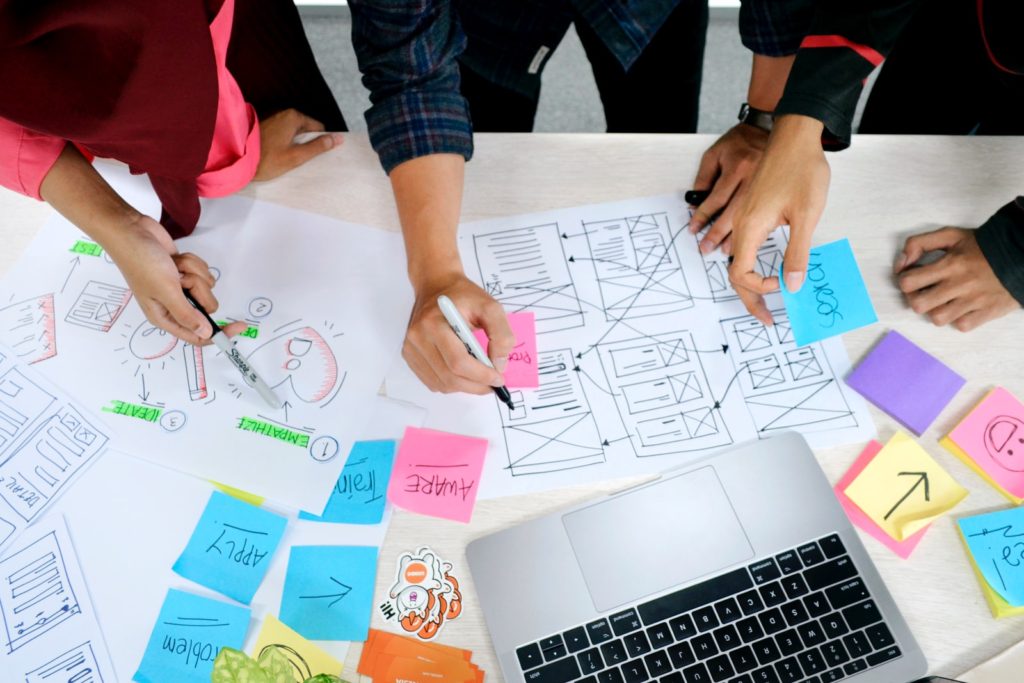
One of the first steps in our visual design process is to create mood boards. Mood boards help us understand the overall look and feel you want for your digital product. They are a great way to communicate your vision to our team. Mood boards usually have different aspects to them. They have:
It is where we will begin to create your digital product's actual look and feel. We will take the mood boards and create a more cohesive look. It includes choosing:
After creating the visual direction, it's time to start working on the user interfaces. User interfaces are the screens that users will see when using your digital product. We will create user interfaces for each type of user that you have. It helps us understand what users need from your digital product and how we can design it to meet their needs. Creating user interfaces is a collaborative process between our team and yours. We will work together to ensure that your digital product is easy to use and meets the needs of your users.
When it comes to digital products, there are two terms that you will hear a lot: UX and UI.

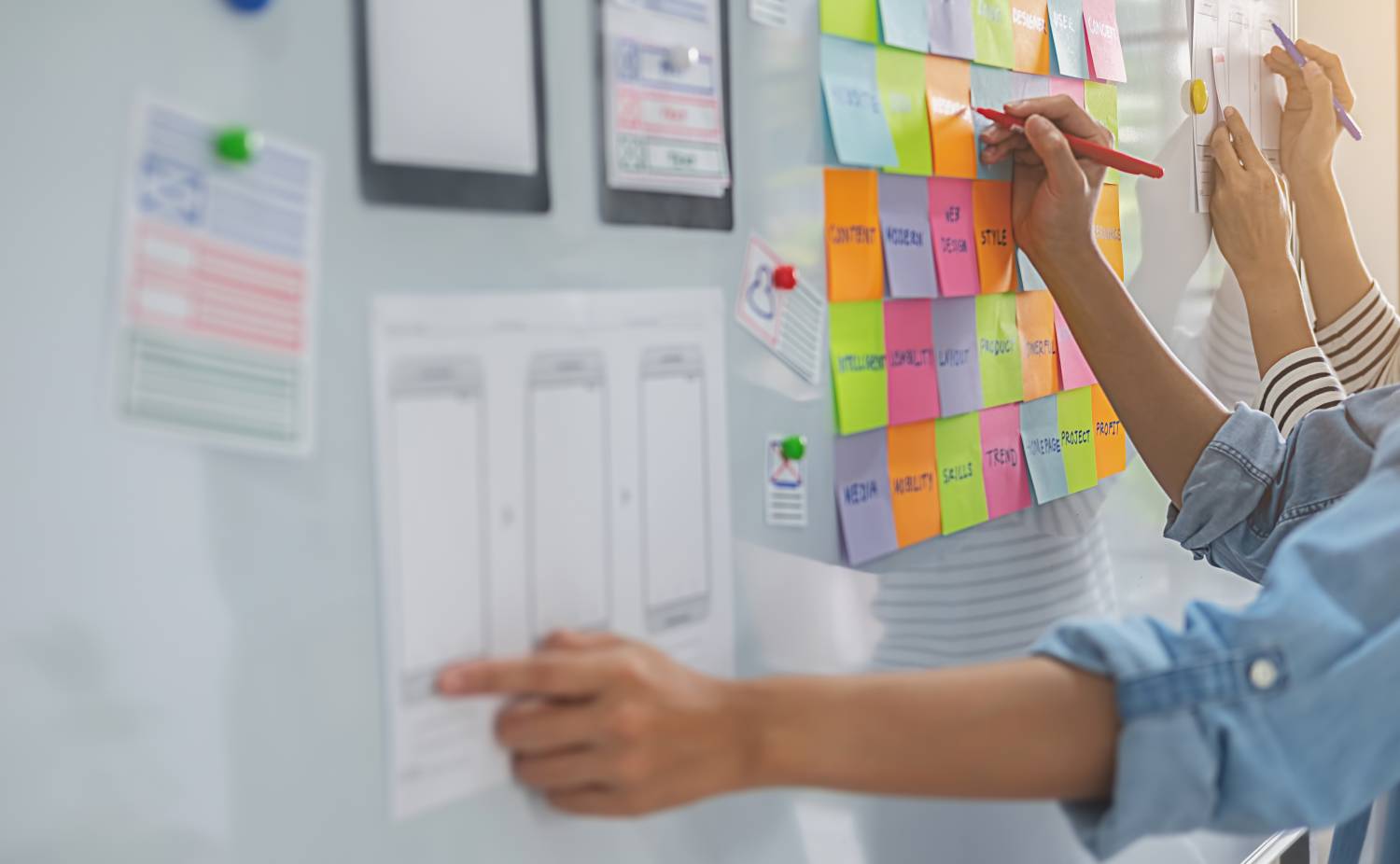
There are many benefits of digital design.
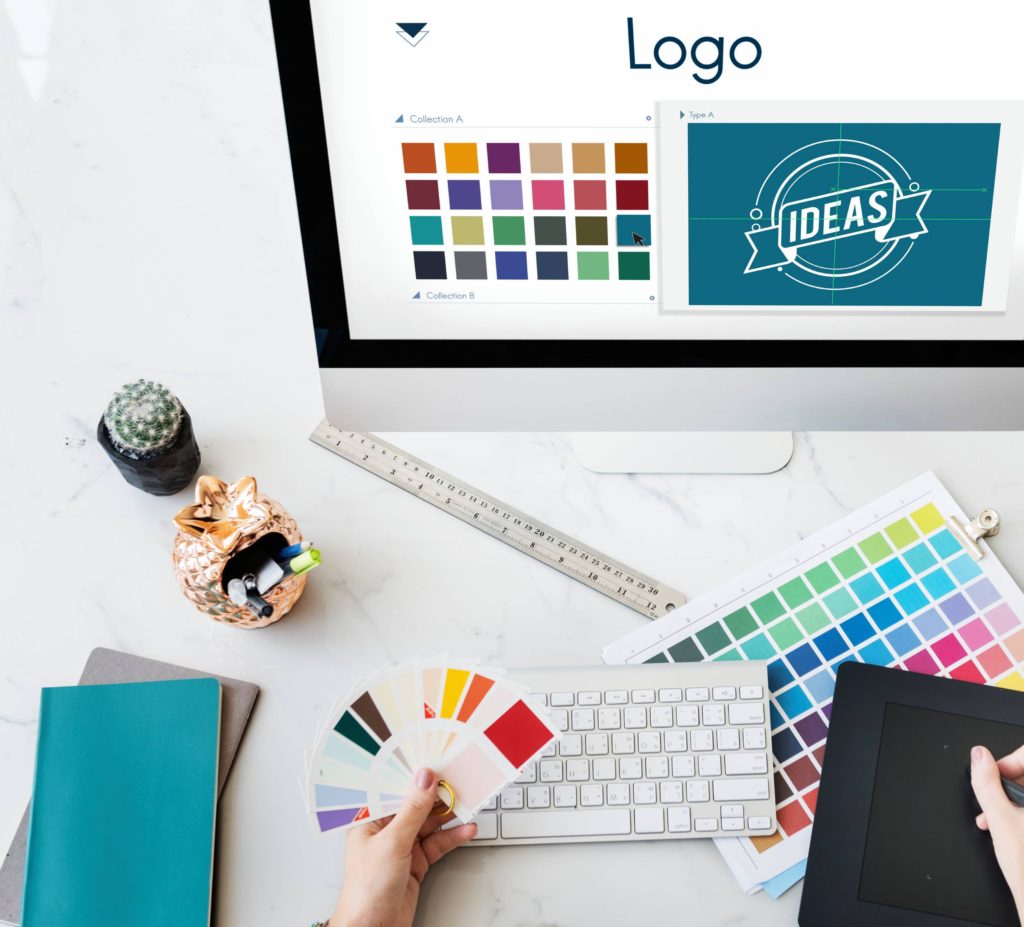
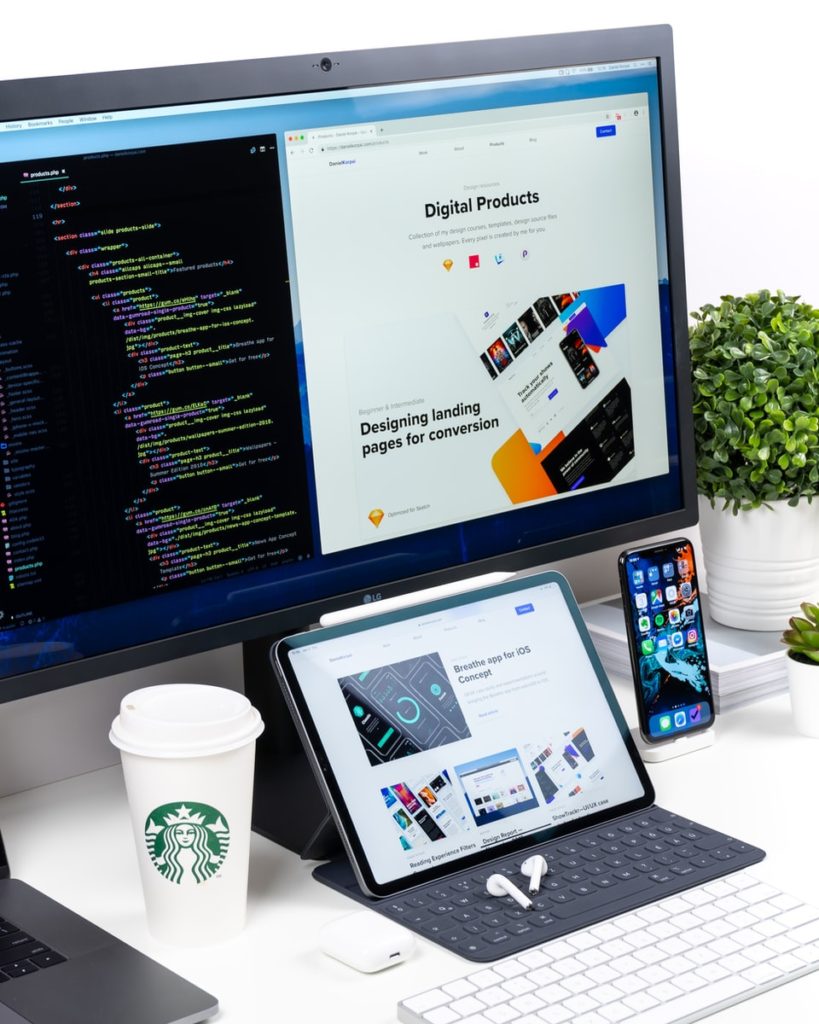
Digital design is visual communication that uses a digital interface to present content, product, or service. Simply put, it’s an image designed for use on computer screens. It includes more than merely viewing the graphic design on your computer screen.

Websites are now one of the most common forms of digital design: a business’ website is just as common as its logo. Websites are hubs for a topic or a service, incorporating many branching web pages, and are used for many purposes, including information, business, commerce, entertainment, etc. Sign Up For a Professional Web Design
App designs usually look like websites, but they’re designed to perform a specific task. Apps are basically digital tools for users. They may be used for shopping, scheduling, messaging, or playing music. Apps can be desktop-based just as easily as they can be mobile-based. Learn More About App Design
Infographics are visual representations of data. Infographics can be both print and digital, but digital ones use animation and motion graphics to communicate information. Infographics are great for creating fun, informative content that entertains and educates readers about a brand or topic related to the brand. Learn More About Infographic Design
Images on social media include avatars, cover photos, and posted content for every social media platform, including Twitter and company blogs. Photography is one of the most popular social media images, but digital designers will often use brand logos to create custom social images for companies. Learn More About Social Media Page Design
3D designs are realistic, three-dimensional images made on a computer. They can be used for entertainment, but brands often use them to render products or create mockups of their planned construction projects. Sign Up For a 3D Design
You also must ensure that your digital product is visually appealing and easy to use.
Start Today!
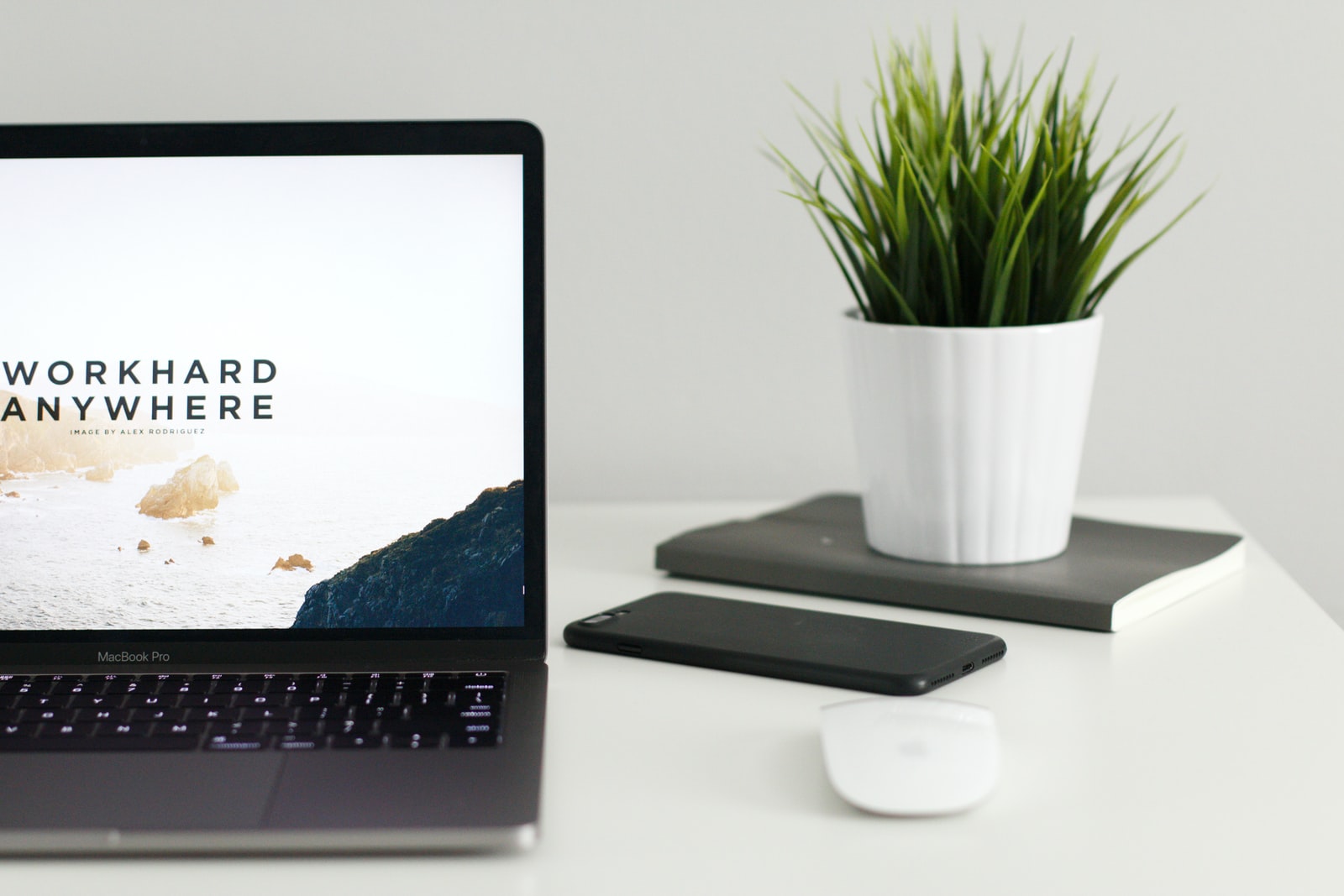

Digital design helps you stand out from your competition, makes your digital product more user-friendly, and makes your digital product more visually appealing.

When the third largest credit union in Ontario - DUCA needed a public website to cut through the noise, we helped them deliver their promise to their members of "do...
Read More →We’ve developed this Proof of Concept to demonstrate how we can empower businesses and create a connected experience for the consumer.
Read More →By accelerating time to value, our Agile team was able to deliver a robust back-office integration built on Backbase's omnichannel platform.
Read More →Polar is an AR experience that allows users from around the world to collaborate on digital snowflake design.
Read More →Copyright © 2022 Aequilibrium. All rights reserved.